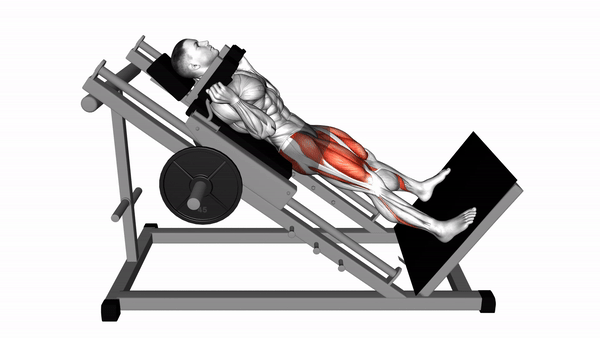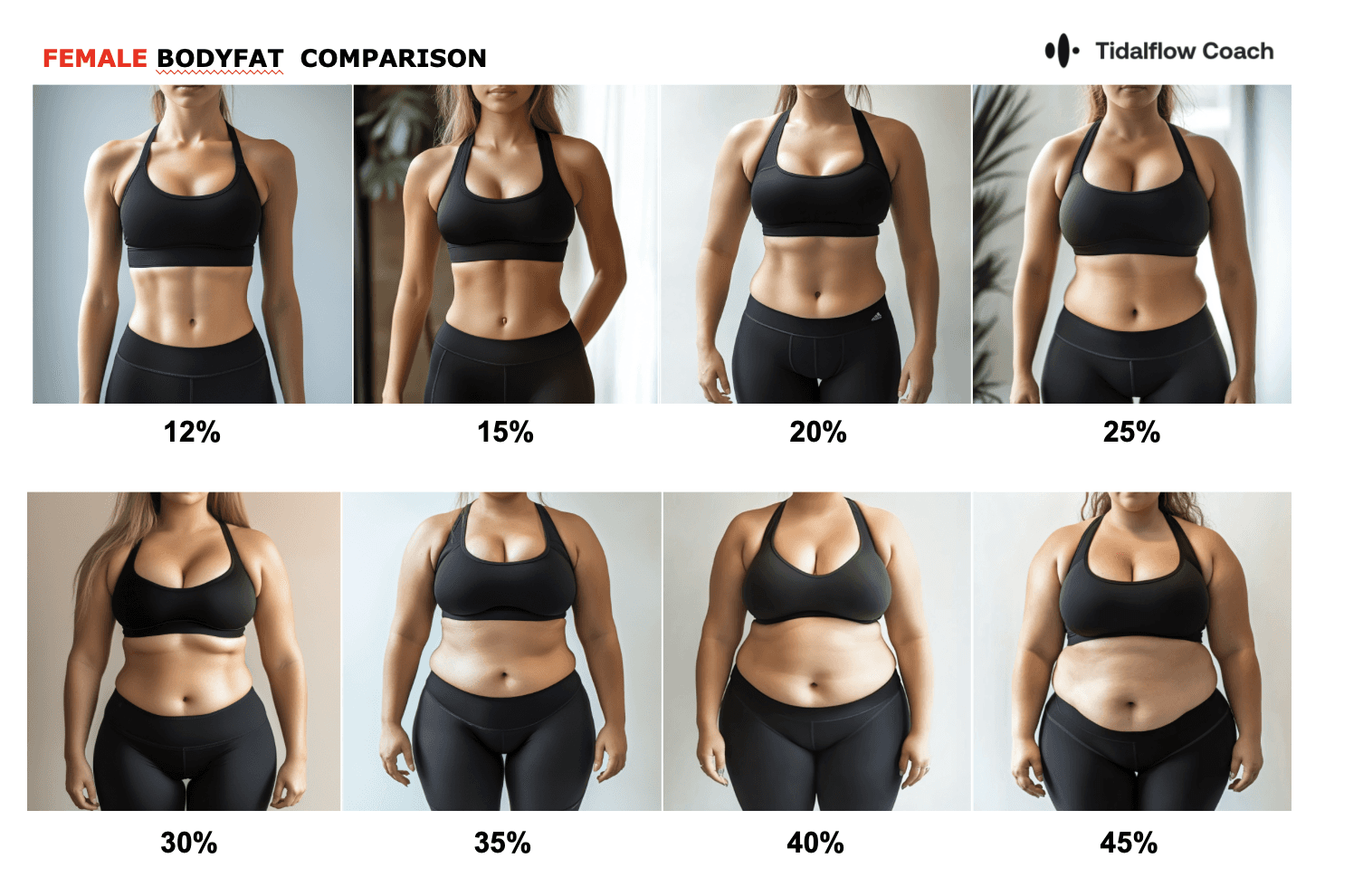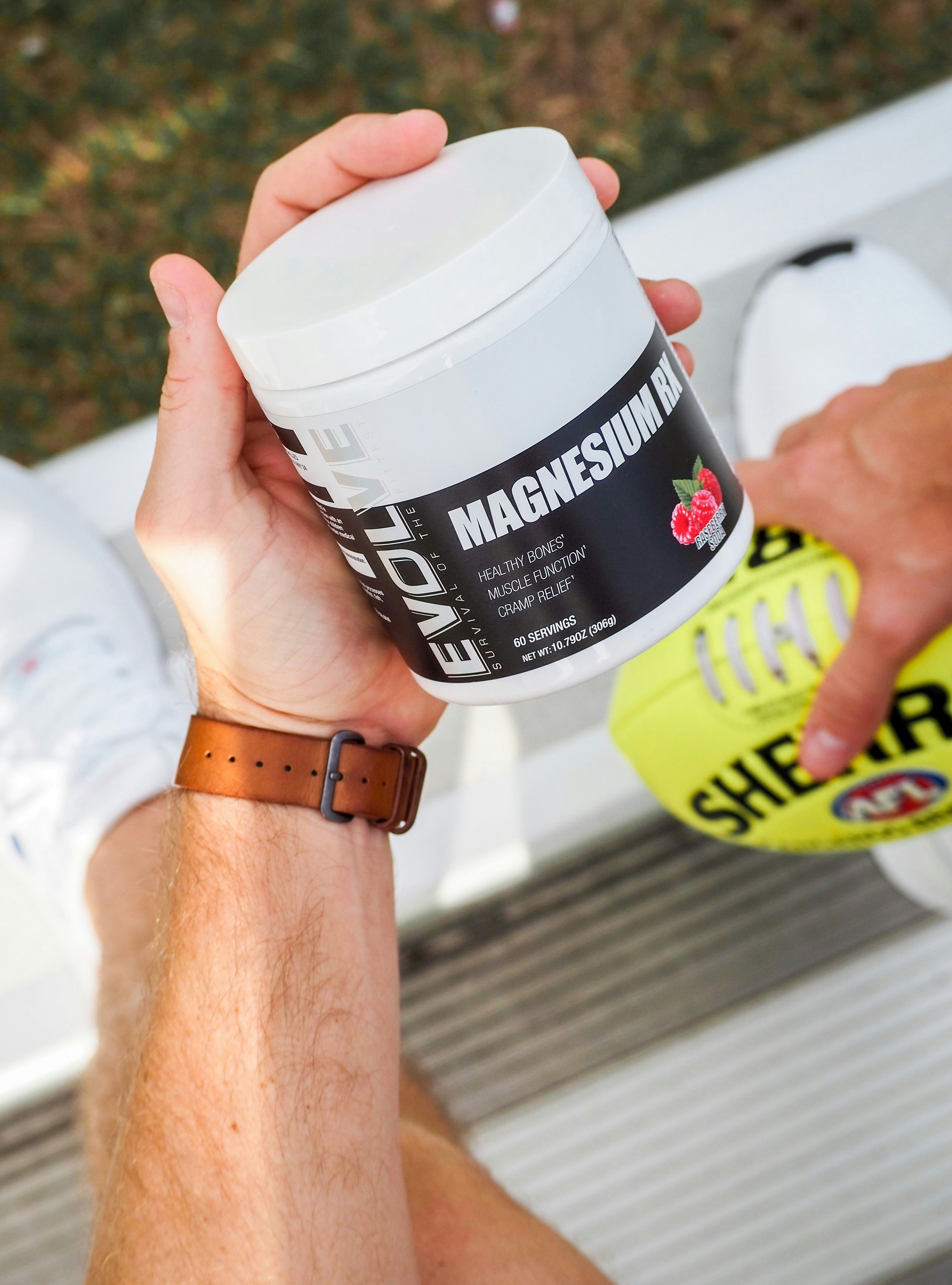Hack Squat Weight: Mastering the Machine for Leg Gains
Sep 27, 2024
The hack squat is a powerful lower body exercise that targets your quadriceps, hamstrings, and glutes. Unlike traditional squats, the hack squat uses a machine that guides your movement, allowing for a more controlled and potentially safer lift. Understanding the appropriate hack squat weight is crucial for maximizing your gains and avoiding injury. In this comprehensive guide, we'll explore everything you need to know about hack squat weights, techniques, and how to incorporate this exercise into your leg day routine.
Understanding the Hack Squat Machine
Before diving into weight recommendations, it's essential to understand the hack squat machine itself. This piece of equipment typically consists of:
A padded backrest
Shoulder pads
A sliding carriage
Weight plates
Foot platform
The machine's design allows you to perform a squat-like motion while keeping your back supported, which can be beneficial for those with lower back issues or beginners learning proper squat form.

How Much Weight is Already on a Hack Squat?
One common question is about the starting weight of a hack squat machine. The answer varies depending on the specific machine model, but typically:
Most hack squat machines have a starting weight of 30-45 pounds (13.6-20.4 kg) due to the carriage mechanism.
Some machines may be lighter or heavier, so it's always best to check with gym staff or the machine's manual.
Remember to factor in this starting weight when calculating your total lift.
What is a Good Hack Squat Weight?
Determining a "good" hack squat weight depends on various factors, including your experience level, body weight, and overall strength. Here are some general guidelines:
Beginners (0-6 months of consistent training):
Men: 0.75-1x body weight
Women: 0.5-0.75x body weight
Intermediate (6-18 months of consistent training):
Men: 1-1.5x body weight
Women: 0.75-1.25x body weight
Advanced (18+ months of consistent training):
Men: 1.5-2x body weight or more
Women: 1.25-1.75x body weight or more
For example, a 180-pound (81.6 kg) intermediate male lifter might aim for a hack squat weight between 180-270 pounds (81.6-122.5 kg).
Are Hack Squats Heavier Than Traditional Squats?
Comparing hack squats to traditional barbell squats isn't straightforward due to the different mechanics involved. However, many lifters find they can handle more weight on the hack squat machine because:
The machine provides back support and stability
The fixed movement pattern reduces the need for balance and core engagement
The angled design can make the lift feel easier on the knees and lower back
While you might lift heavier on a hack squat machine, it's important to note that traditional squats offer more functional strength benefits due to their free-weight nature.
Why is the Hack Squat So Hard?
Despite potentially allowing for heavier weights, many lifters find the hack squat challenging for several reasons:
Isolation of the quadriceps: The hack squat targets the quads more directly than traditional squats, leading to increased muscle fatigue.
Range of motion: The machine often allows for a deeper range of motion, increasing the difficulty of the exercise.
Constant tension: The guided motion keeps your muscles under tension throughout the entire movement.
Reduced stability muscles: With less engagement of stabilizing muscles, the primary movers (quads, glutes, hamstrings) bear more of the load.
Is a 120kg Hack Squat Good?
A 120kg (264 lbs) hack squat is generally considered a good lift for intermediate to advanced lifters. However, the true measure of a "good" lift depends on your individual circumstances. For a 75kg (165 lbs) male lifter, a 120kg hack squat would be approximately 1.6x body weight, placing them in the advanced category.
Should You Go Heavy on Hack Squats?
While the hack squat machine allows for heavy lifting, it's crucial to approach weight progression thoughtfully:
Master proper form with lighter weights before increasing the load.
Gradually increase weight to avoid injury and ensure consistent progress.
Listen to your body and avoid pushing through pain.
Incorporate hack squats as part of a well-rounded leg workout routine, not as the sole exercise.
Remember, muscle growth occurs through progressive overload, but this doesn't always mean lifting the heaviest weight possible.
Is 3 Sets of Hack Squat Enough?
The number of sets you should perform depends on your fitness goals and overall workout plan. However, 3 sets of hack squats can be effective, especially when combined with other leg exercises. A typical hack squat workout might look like this:
Warm-up: 2 sets of 10-12 reps with light weight
Working sets: 3 sets of 8-12 reps with challenging weight
Cool-down: Light stretching or mobility work
For optimal results, consider varying your rep ranges and incorporating other leg exercises like lunges, leg presses, and calf raises.
Can You Get Big Legs with Hack Squats?
Hack squats can definitely contribute to building bigger, stronger legs when used as part of a comprehensive leg training program. The exercise primarily targets the quadriceps but also engages the glutes and hamstrings. To maximize leg growth:
Progressive overload: Gradually increase weight or reps over time.
Proper nutrition: Ensure adequate protein intake and overall caloric surplus for muscle growth.
Recovery: Allow sufficient rest between leg workouts (typically 48-72 hours).
Variety: Combine hack squats with other leg exercises for well-rounded development.
Remember, muscle growth is a result of consistent training, proper nutrition, and adequate recovery.
Should You Go Full Depth on a Hack Squat?
The depth of your hack squat can significantly impact its effectiveness and safety. Here are some considerations:
Range of motion: A fuller range of motion generally leads to greater muscle activation and growth potential.
Individual flexibility: Your depth should be determined by your personal mobility and comfort level.
Knee health: If you have knee issues, consult with a healthcare professional about appropriate squat depth.
Form: Maintain proper form throughout the movement, regardless of depth.
For most lifters, aiming for thighs parallel to the ground or slightly below is a good target. However, listen to your body and adjust as needed.
Proper Hack Squat Technique
To maximize the benefits of the hack squat and minimize injury risk, follow these technique tips:
Set up: Position your back against the pad and shoulders under the shoulder pads. Place your feet shoulder-width apart on the platform.
Unrack: Carefully unrack the weight by straightening your legs.
Descent: Lower the weight by bending your knees and hips, keeping your core tight and back against the pad.
Bottom position: Pause briefly at the bottom of the movement, typically when your thighs are parallel to the ground or slightly below.
Ascent: Push through your heels to extend your legs and return to the starting position.
Breathing: Inhale during the descent and exhale as you push the weight back up.
Incorporating Hack Squats into Your Workout Routine
To effectively use hack squats in your leg training, consider the following:
Frequency: Include hack squats in your leg workouts 1-2 times per week.
Placement in workout: Perform hack squats early in your workout when you're fresh, especially if lifting heavy.
Complementary exercises: Pair hack squats with exercises like Romanian deadlifts, leg extensions, and calf raises for a complete leg workout.
Progressive overload: Gradually increase weight, reps, or sets over time to continue making progress.
Common Mistakes to Avoid
When performing hack squats, be mindful of these common errors:
Using momentum: Control the weight throughout the entire movement.
Neglecting full range of motion: Aim for an appropriate depth to maximize muscle engagement.
Lifting your heels: Keep your feet flat on the platform throughout the exercise.
Locking your knees: Avoid fully locking your knees at the top of the movement to maintain tension on the muscles.
Ignoring proper warm-up: Always warm up adequately before heavy lifting to prevent injury.
Conclusion
The hack squat is a valuable tool in your leg-building arsenal, offering a unique combination of stability and muscle isolation. By understanding appropriate hack squat weights, proper technique, and how to incorporate this exercise into your routine, you can maximize your leg gains while minimizing injury risk.
Remember, the "right" weight for hack squats varies from person to person. Focus on proper form, gradual progression, and listening to your body. Combine hack squats with a variety of other leg exercises, proper nutrition, and adequate rest for the best results.
Ready to take your leg workouts to the next level? Check out Tidalflow's personalized training plans to create a comprehensive leg-building program tailored to your goals and experience level. With expert guidance and customized workouts, you'll be on your way to stronger, more muscular legs in no time. Start your journey to impressive leg gains today!
You should not have to do it all on your own













